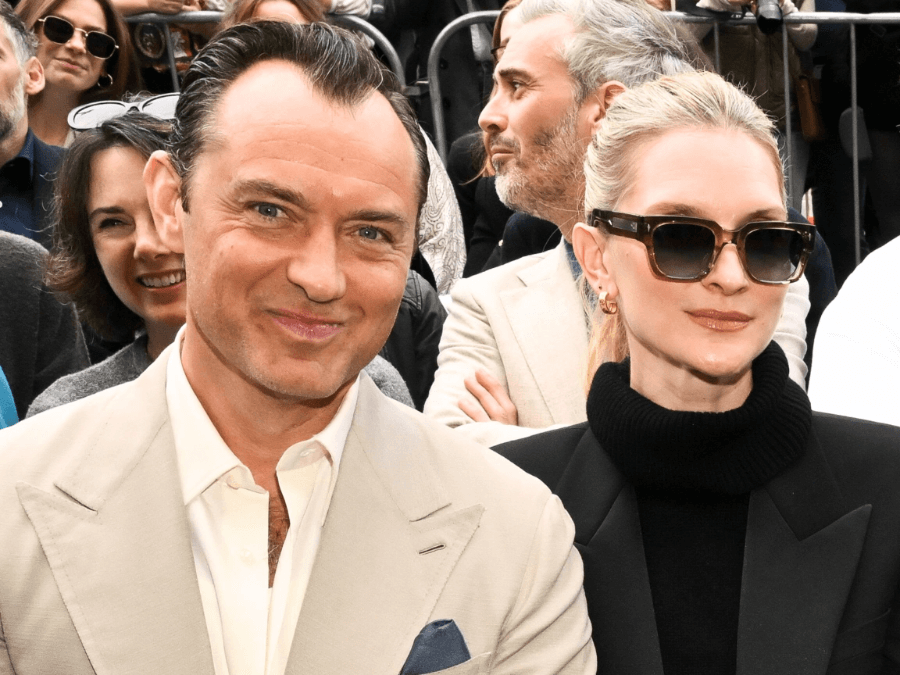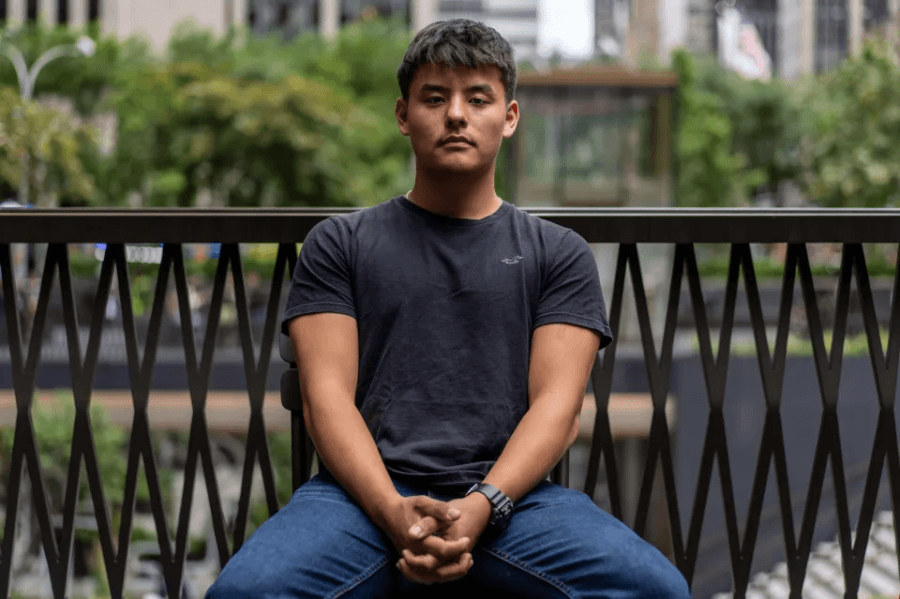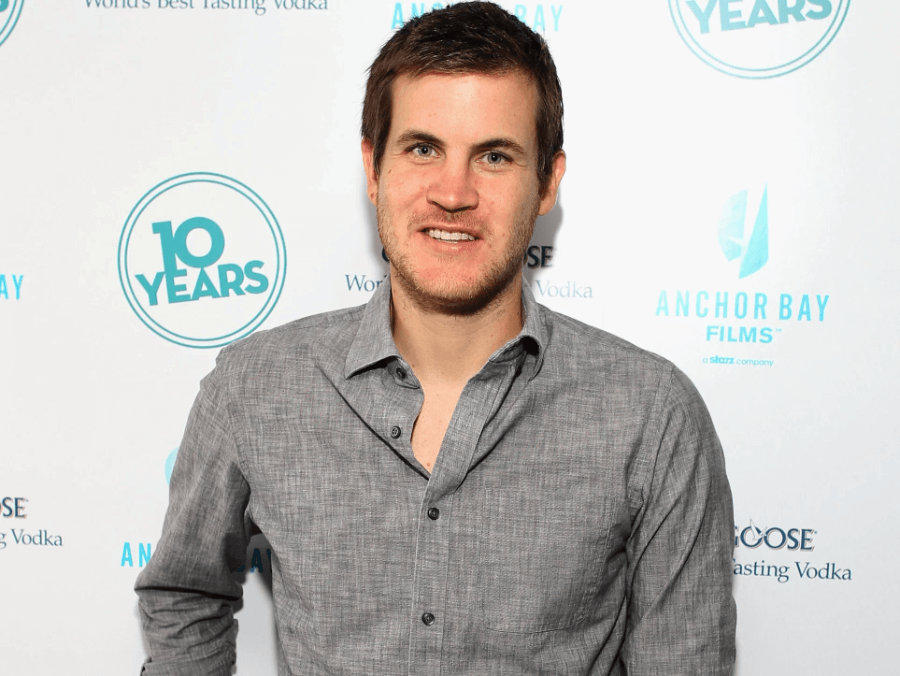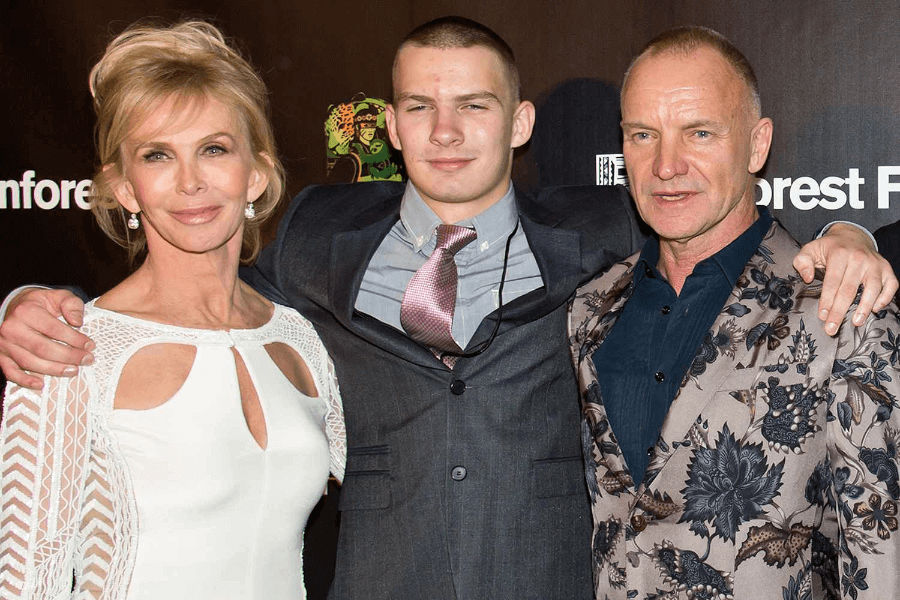📑Table of Contents:
- Who Is Natalia Grace?
- The Adoption That Changed Everything
- The Age Controversy
- The Abandonment Accusation
- Media Attention and Public Reaction
- The Documentary Series: The Curious Case of Natalia Grace
- Natalia Grace Speaks Out
- Lessons from the Case
- Natalia’s Life Today
- Why People Still Talk About Her
- The Bigger Picture
- Conclusion

Natalia Grace’s name has become one of the most debated topics in recent years. Her story is a mix of compassion, confusion, and controversy. It began with a family’s hope to provide a home for a child and evolved into a mystery that left people divided. In this article, we’ll explore who Natalia Grace is, what happened during her adoption, and why her case continues to spark global conversations.
Who Is Natalia Grace?
Natalia Grace was born in Ukraine in 2003 and later adopted by an American couple. She was described as a young girl with a rare form of dwarfism called spondyloepiphyseal dysplasia congenita. This condition affects bone growth and development, resulting in her being physically smaller than her peers of the same age.
Her early life was filled with uncertainty. She spent time in orphanages before being adopted by Kristine and Michael Barnett in 2010. The Barnetts believed they were bringing home a six-year-old child who needed care and love. However, their lives soon took an unexpected turn.
The Adoption That Changed Everything
At first, the Barnetts described Natalia as sweet, intelligent, and independent. However, over time, they claimed her behavior became alarming. They accused her of lying about her age and even exhibiting violent tendencies.
Kristine Barnett later stated that doctors confirmed Natalia was much older than her birth documents showed. The couple believed she was an adult pretending to be a child. They went to court, and a judge legally changed her birth year from 2003 to 1989, making her appear 22 at the time.
This ruling became the core of one of the most bizarre legal cases in modern history.
The Age Controversy
The question of Natalia’s real age remains one of the most debated aspects of her story. Medical experts disagreed, and evidence from different tests created even more confusion.
Some doctors supported the Barnetts’ claim that she was older. Others, however, argued that she was indeed a child. Without conclusive proof, the mystery deepened.
This conflicting information sparked debates across media platforms. People wanted answers, but each side presented different versions of the truth.
The Abandonment Accusation
After the court ruling, the Barnetts moved to Canada, leaving Natalia behind in Indiana. They arranged for her to live alone in an apartment. Later, authorities accused the couple of neglect and abandonment.
The case went to trial, and the legal system had to decide whether Natalia was a helpless minor or an independent adult.
Michael Barnett was eventually acquitted, while charges against Kristine were dropped. The case left a trail of questions, emotional damage, and public division.
Media Attention and Public Reaction
When Natalia’s story hit the news, it spread fast. Headlines painted her as a mysterious figure—a girl who might not be who she said she was. Documentaries, talk shows, and podcasts picked up the story, turning it into an international sensation.
Social media made the situation even more complicated. People formed strong opinions, often based on incomplete information. Some viewed Natalia as a victim of exploitation, while others believed she had deceived her adoptive family.
The line between truth and rumor blurred, leaving the public uncertain about whom to believe.
The Documentary Series: The Curious Case of Natalia Grace
In 2023, Investigation Discovery released The Curious Case of Natalia Grace. The docuseries reignited public interest and gave viewers an inside look into the Barnetts’ claims and Natalia’s perspective.
The show revealed emotional interviews, court documents, and medical opinions. For the first time, audiences heard Natalia’s voice, and many were surprised by her composure and clarity.
She maintained that she was a child during the time of her adoption and that she had been abandoned unfairly. This account shifted public sympathy toward her side.
Natalia Grace Speaks Out
After years of silence, Natalia finally began speaking publicly. She appeared in follow-up interviews where she expressed her pain and confusion about the accusations.
She said that all she ever wanted was a family. Her voice cracked as she described feeling abandoned and misunderstood. Many viewers found her story heartbreaking and believed she had suffered from circumstances beyond her control.
Natalia’s courage to share her side helped reshape how many people saw the case. It reminded everyone that behind the headlines was a person—someone struggling for acceptance and justice.
Lessons from the Case
The Natalia Grace story goes beyond one family’s conflict. It raises serious questions about adoption systems, mental health, and how quickly the public forms opinions.
Adoption, while noble, requires deep emotional readiness and professional guidance. Without it, misunderstandings can turn into tragedies.
The case also highlights the power and danger of media exposure. Once the story went public, it became nearly impossible to separate facts from speculation. In today’s digital world, perception often replaces truth.
Natalia’s Life Today
After the legal battles, Natalia was taken in by another family who provided her with stability and care. She seems to have found a sense of normalcy after years of chaos.
She’s reportedly focusing on building her future, staying positive, and letting go of the past. Her new guardians have described her as bright, loving, and full of potential.
While the scars from her experience may never completely fade, Natalia’s resilience inspires many who face adversity.
Why People Still Talk About Her
Even years later, the Natalia Grace case remains a topic of discussion. It’s a rare example of how truth can become distorted when law, media, and emotion collide.
People continue to debate her age and the intentions of everyone involved. But beyond the controversy lies a deeper message about empathy, patience, and understanding.
Natalia’s story teaches that assumptions can destroy lives. It reminds us that compassion should take precedence over judgment, especially when dealing with vulnerable individuals.
The Bigger Picture
Cases like Natalia’s reveal flaws in how society handles adoption and disability. They demonstrate how easily trust can be broken when fear and misunderstanding prevail.
While we may never know every detail, we can learn from what happened. Families need more support systems, mental health evaluations, and effective communication tools when entering the adoption process.
Governments and social workers must ensure that every child—regardless of condition or background—receives fair treatment and safety.
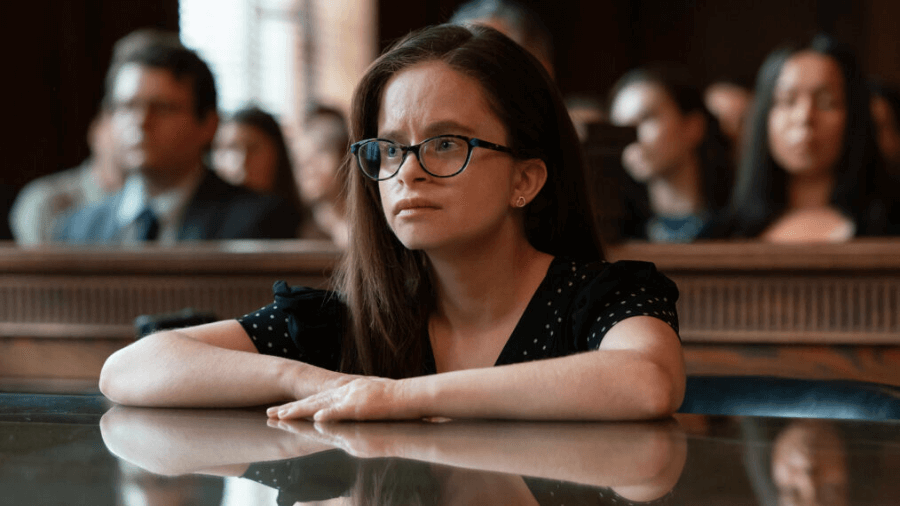
Conclusion
Natalia Grace’s story is a haunting reminder that truth isn’t always simple. Between legal battles, medical debates, and public scrutiny, her life became a storm of confusion and pain.
But through it all, she remains strong. Her resilience is proof that even when the world doubts you, hope can lead the way forward.
As Natalia rebuilds her life, she shows that every person—no matter their past—deserves understanding, compassion, and a chance to start again.
